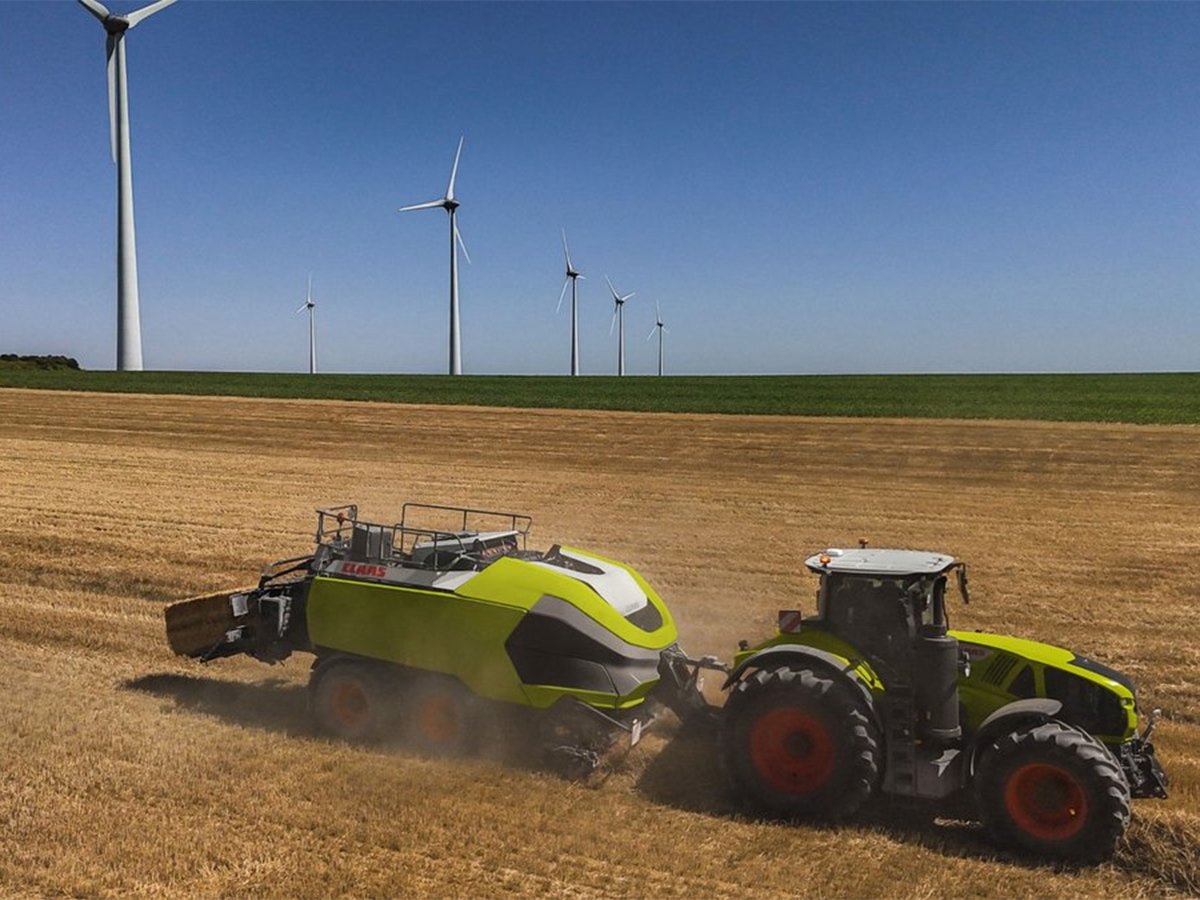DENVER, Colo. – An international banker says the unprecedented global financial crisis with cascading bankruptcies worldwide could continue for another one to three years.
“U.S. consumers and consumers around the world have had their confidence shattered,” said Debbie Perkins, managing director of food and agriculture research for Rabobank International.
“Consumers are uncertain and it is this uncertainty we need to change.”
However, just as the good times did not last, this current situation will also turn around, she told the International Livestock Congress held recently in Denver.
Read Also

Machinery automation runs through 2025 Agritechnica innovation awards
Computer vision and AI processing for farm machinery show up many times in Agritechnica’s 2025 innovation award winners.
“I don’t think anybody can say with certainty when this will end, but it will go up.”
For 2009 she predicts continued decline for developed countries such as the United States, Japan and those in the European Union, but third world nations may see growth of up to five percent. This is down from previous highs of nine percent a year.
World food prices will continue to be high and farm input costs are likely to increase. Higher fertilizer prices can add an extra $50 per acre to produce a crop.
On the meat side, China, Mexico and Russia are using more domestic production rather than relying on imports, while others such as those in the EU are facing a 600,000 tonne beef shortage in the coming year.
In the U.S., which has surpluses of pork, poultry and beef, 10 percent of consumers are cutting back meat purchases because of tough times. However, with its large domestic market of more than 300 million people, the U.S. should be able to consume much of what it produces.
India is adding to the world surplus. It is the world’s largest consumer of dairy products, but because of the large number of vegetarians in India, the country exports a large amount of dairy beef.
Japan, South Korea and Taiwan are large meat importers and have formed a good relationship with Australia for their supplies.
Canada and the U.S. will continue to face Asian restrictions because of BSE. Asians are prepared to pay more but they are demanding customers. The U.S. will have to provide full traceability to give Asia what it wants. Canada has better traceability than the U.S. but still faces major trade restrictions on its beef exports.
However, Perkins said Canada is export oriented and will take advantage of opportunities if they arise.
Brazil continues to show strength as the world’s largest beef and poultry exporter. However, a recent lack of profitability to producers may prompt them to cut back. Brazil is well positioned to supply customers but there is a lack of infrastructure in many areas, and the government needs money to invest in improvements.
“The economy will have to make sense if we are to see continued growth in Brazil,” she said.
About 30 percent of Brazil’s beef exports, by value, go to Europe.
Brazil is a low cost supplier, and Europe pays more for its product than anywhere else. However, Brazil has to improve its traceability and certification practices, she said.















